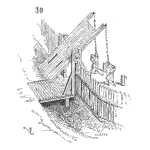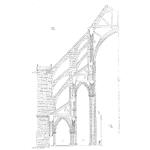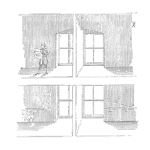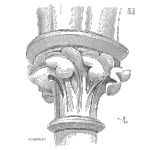
Fielded products fail day by day. Customers report these failures generally seeking a way to remedy this issue. Gathering the reported or returned products or confirmed failures is common practice.
Depending on the product a simple replacement or exchange may suffice. For other products, repair or a refund may be appropriate.
In general, and not always, when a product fails in the hands of a customer, the organization designing, manufacturing and distributing the product learns of the failure. [Read more…]













